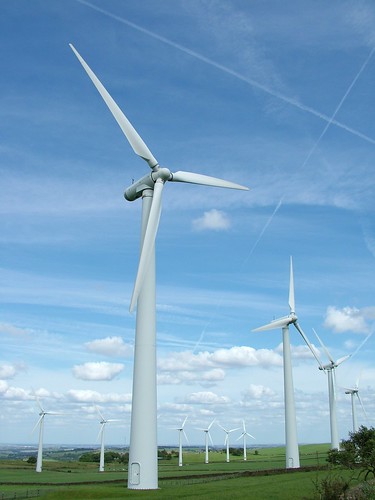 The Clean Power Plan is a new EPA proposal for reducing carbon pollution from existing power plants. Currently, there are no national limits on the amount of carbon pollution these plants can pump into the air. The electric power sector is responsible for nearly 40 percent of the carbon dioxide (CO2) pollution in the United States.
The Clean Power Plan is a new EPA proposal for reducing carbon pollution from existing power plants. Currently, there are no national limits on the amount of carbon pollution these plants can pump into the air. The electric power sector is responsible for nearly 40 percent of the carbon dioxide (CO2) pollution in the United States.
The Clean Power Plan proposed rule would:
- Reduce CO2 pollution 30 percent below 2005 levels by the year 2030;
- Avoid up to 6,600 premature deaths, up to 150,000 asthma attacks in children, and up to 490,000 missed work or school days—providing up to $93 billion in climate and public health benefits; and
- Shrink electricity bills roughly 8 percent by increasing energy efficiency and reducing demand in the electricity system.
State-Specific Goals
The plan sets state-specific goals for reducing CO2 emissions from the power sector in order to allow the states flexibility in meeting the reductions targets.
There are many ways states can cut their emissions, including:
- Installing new clean energy such as wind and solar power
- Shutting down high-polluting coal plants
- Improving the efficiency of fossil-fuel power plants
- Making homes and buildings more energy-efficient
- Enacting a state-level tax on carbon pollution
A Look at Texas
Texas emits the highest amount of carbon pollution in the country. In the plan, Texas is expected to reduce its carbon pollution by 39 percent by 2030. Because of our use of wind and natural gas, Texas is already moving closer to the new EPA target.
The Texas Tribune reports on how Texas could meet the EPA's proposed carbon reduction goal here.
What’s Next?
New Extended Deadline! The EPA is now accepting public comments on the Clean Power Plan through December 1, 2014. You can learn more and submit a comment here.
Should the proposed Clean Power Plan go into effect, each state would need to submit its individual proposed plan by June 30, 2016.
For more information, visit:
EPA Carbon Pollution Standards home page.
The EPA Clean Power Proposed Rule page, which includes links to more information and fact sheets.
Interfaith Power & Light statement on the proposed standards
(Photo ”Wind Turbines” by User Nuala used under a Creative Commons Attribution-NonCommercial-ShareAlike License.)
 If future generations are to remember us more with gratitude than sorrow, we must achieve more than just the miracles of technology. We must also leave them a glimpse of the world as it was created, not just as it looked when we got through with it.
If future generations are to remember us more with gratitude than sorrow, we must achieve more than just the miracles of technology. We must also leave them a glimpse of the world as it was created, not just as it looked when we got through with it.

 The
The